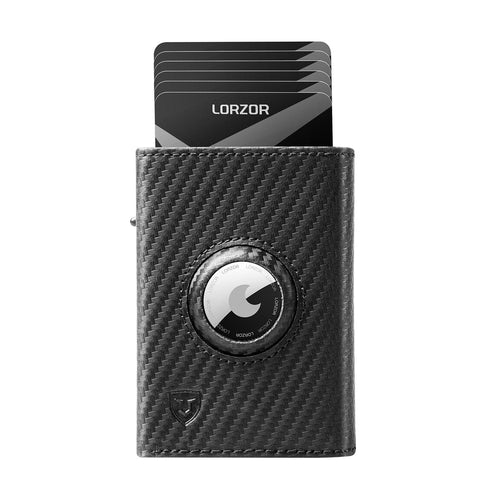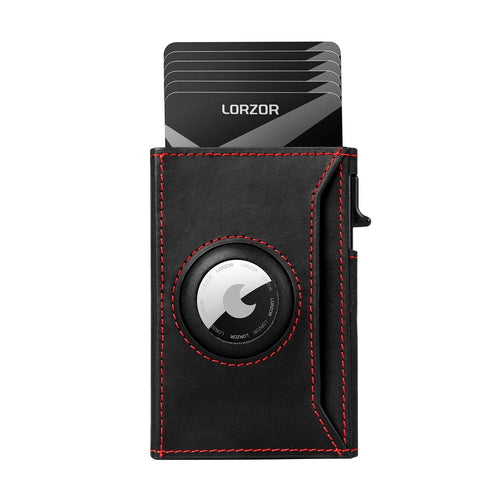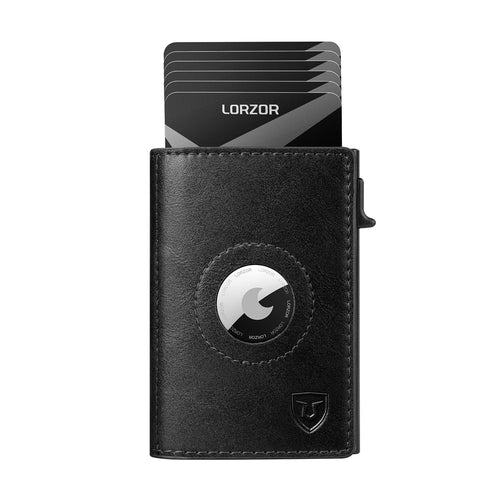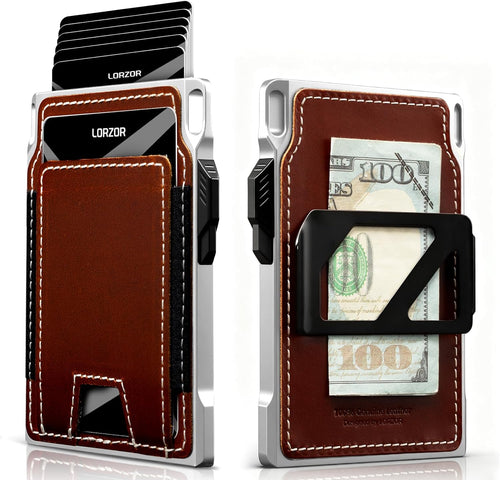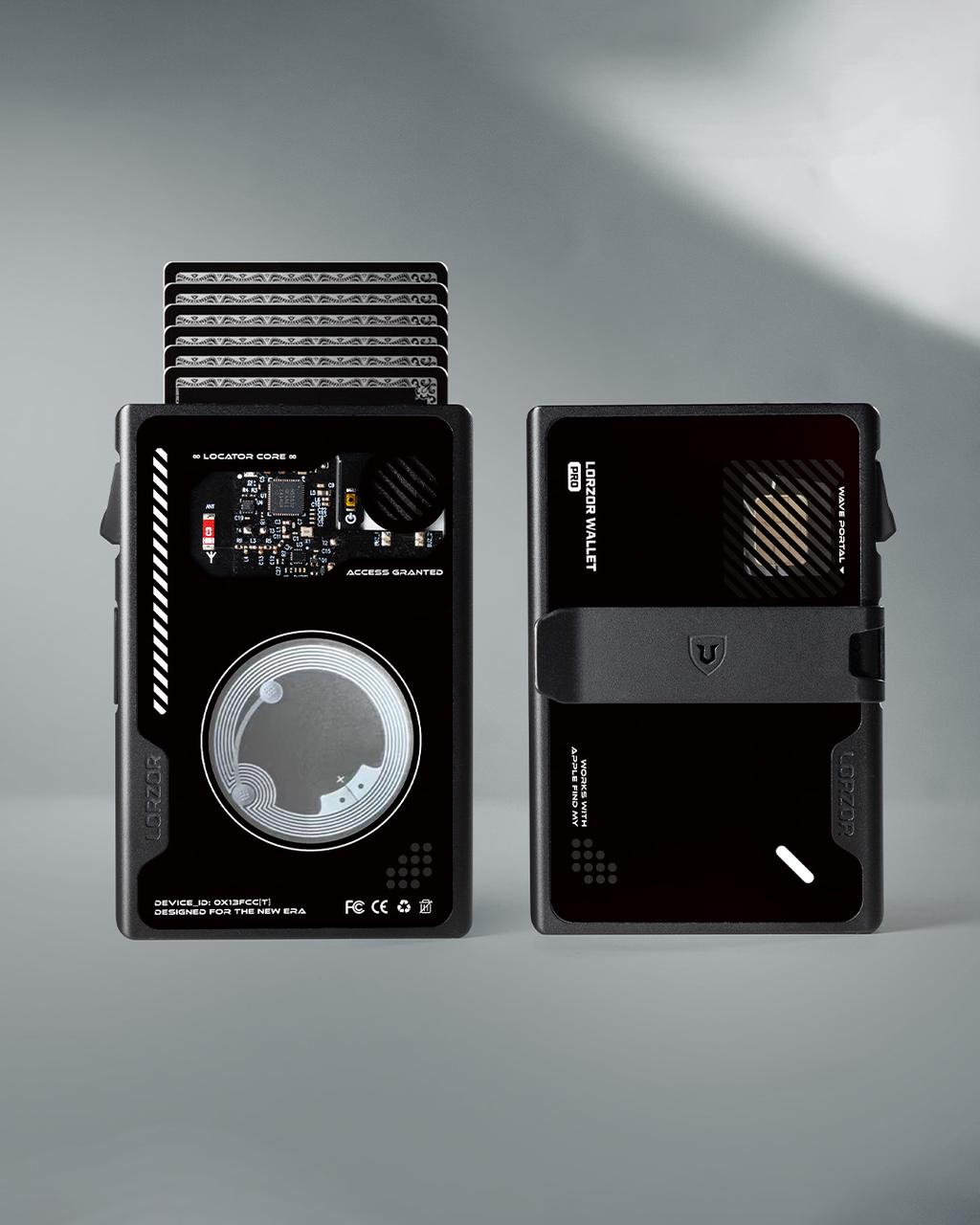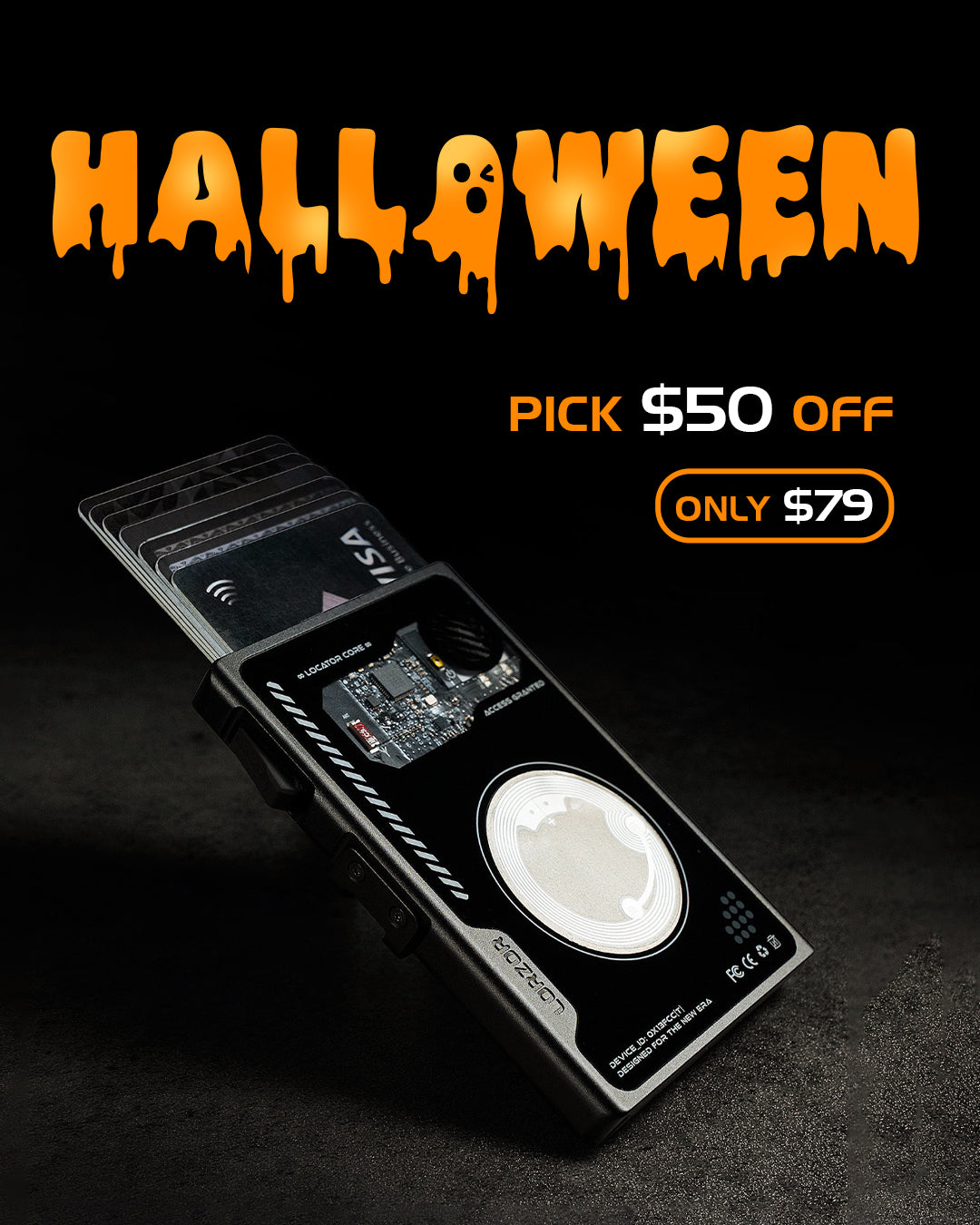Introduction
Proper leather care is essential to maintain the longevity and pristine appearance of your leather wallet. A well maintained leather wallet not only enhances your style but also reflects your attention to detail and craftsmanship. In this ultimate guide, we will explore the dos and don'ts of leather wallet care, provide step by step instructions for cleaning and conditioning, tips for protecting your wallet, handling special features like AirTag integration, maintaining your wallet, troubleshooting common issues, and seeking professional help when needed. Let's dive into the world of leather care and ensure your leather wallet always looks brand new!
I. Understanding Leather Wallets
When it comes to leather wallets, there are different types of leather used in their construction. Understanding these different types can help you better care for your wallet.
A. Different Types of Leather Used in Wallets
-
Full Grain Leather: Considered the finest quality leather, full grain leather retains the outermost layer of the hide, showcasing its natural texture and imperfections. With proper care, full grain leather wallets develop an appealing patina over time, increasing in character and charm.
-
Top Grain Leather: Slightly lower in quality than full grain leather, top grain leather undergoes a process that removes the outer layer to produce a smoother surface. It is still durable and commonly used in wallet construction.
-
Genuine Leather: Often misunderstood, genuine leather refers to the lower quality of leather made from the remaining layers of the hide after the top grain is removed. While genuine leather wallets are more affordable, they tend to be less durable and prone to wear and tear.
II. Dos and Don'ts of Leather Wallet Care
To ensure the longevity of your leather wallet, it's important to follow a few essential dos and don'ts.
A. Dos:
-
Regular Cleaning: Gently clean your leather wallet on a regular basis using a soft, damp cloth to remove dirt and dust. This prevents the buildup of grime, which can lead to discoloration and deterioration of the leather.
-
Conditioning: Leather needs moisture to stay supple and prevent cracking. Use a leather conditioner specifically formulated for wallets to replenish the natural oils and keep the leather soft and smooth.
-
Recommended Maintenance Schedule:Set a maintenance schedule for your leather wallet to ensure you give it the care it deserves. Make regular cleaning and conditioning a habit, and inspect your wallet periodically for any signs of wear or damage.
-
Using Leather Protection Products:To enhance the longevity of your leather wallet, consider using protective products designed to guard against stains, spills, and water damage.
B. Don'ts:
-
Exposing to Direct Sunlight: Prolonged exposure to direct sunlight can cause the leather to fade, dry out, and crack. Always store your wallet away from direct sunlight when not in use.
-
Using Harsh Chemicals: Avoid using harsh cleaning agents or solvents as they can strip away the natural oils and damage the leather. Stick to mild, leather safe cleaning products.
-
Avoiding Water Damage:Water can cause irreversible damage to leather, so it's crucial to avoid exposing your wallet to excessive moisture. If your wallet does get wet, gently pat it dry with a soft cloth and allow it to air dry away from direct heat sources.
-
Avoiding Sharp Objects:Leather is sensitive to scratches, cuts, and extreme temperatures. Keep your wallet away from sharp objects like keys or metal accessories that could leave marks.
III. Cleaning Your Leather Wallet
Regular cleaning is a vital part of leather wallet maintenance. Follow these step by step instructions to keep your wallet looking pristine.
A. Preparing Your Wallet for Cleaning
Before starting the cleaning process, empty your wallet and remove any cards or cash to prevent damage or staining. It's also recommended to test any cleaning product or solution on a small, inconspicuous area to ensure it doesn't cause any adverse reactions.
B. Step by Step Cleaning Process
-
Gather Appropriate Cleaning Supplies: Prepare a soft, lint free cloth or sponge and mild leather cleaner. Avoid using excessive water, as leather is sensitive to moisture.
-
Gently Wipe Off Dirt and Dust: Dampen the cloth with a small amount of cleaner and gently wipe the surface of your wallet. Pay attention to creases and corners where dirt may accumulate. Avoid excessive scrubbing.
-
Spot Cleaning Stubborn Stains: For stubborn stains, apply a small amount of leather cleaner directly to the stain and gently rub with a soft cloth. Be careful not to oversaturate the leather.
IV. Troubleshooting Common Leather Wallet Issues
Despite your best efforts, leather wallets may encounter common issues over time. Here are some solutions to address them.
A. Removing Scratches and Scuffs
For minor scratches or scuffs, gently rub the affected area with a soft cloth. You can also use a leather conditioner to blend and minimize the appearance of superficial marks.
B. Dealing with Color Fading
To combat color fading, apply leather dye or color restoring products specifically formulated for the type and color of your leather wallet. Test them in an inconspicuous area first to ensure a satisfactory result.
C. Repairing Minor Damage
In case of minor damage, such as loose stitches or small tears, you can attempt DIY repairs using a leather repair kit. Follow the instructions carefully and take your time to achieve the best outcome. If the damage is more severe, it is wise to seek professional help.
V. Professional Leather Cleaning and Repair Services
When DIY solutions may not be enough, or if you want to ensure your leather wallet receives expert care, professional leather cleaning and repair services can be an excellent option.
A. When to Seek Professional Help
Consider professional assistance when your leather wallet has major damage, extensive staining, or if you are unsure of the best course of action. Skilled professionals can provide specialized treatments to restore your wallet's condition effectively.
B. How to Choose a Reliable Leather Care Service
When choosing a professional leather care service, seek recommendations from trusted sources or read reviews online. Look for experienced professionals who specialize in leather goods and have a track record of providing excellent service.
VI. Handling Special Features: AirTag Leather Wallet
With the innovation of AirTag integration in leather wallets, it's important to know how to care for this added feature without compromising the functionality of the wallet.
A. Introduction to AirTag Leather Wallets
AirTag integration allows you to track your wallet's location using Apple's AirTag technology. These leather wallets have a compartment specifically designed to hold the AirTag securely.
B. Proper Care for AirTag Integration
To maintain the seamless integration of your AirTag leather wallet, follow these care tips:
-
Regularly Check Battery Level: Keep an eye on the battery status of your AirTag and replace it as needed. A low or dead battery can hinder the tracking function.
-
Cleaning Around the AirTag: Take care when cleaning your wallet to avoid damaging or dislodging the AirTag. Use a soft cloth or sponge and avoid excessive pressure or rough handling.
Conclusion
Caring for your leather wallet is a worthwhile investment that pays off in the long run. By following the dos and don'ts, cleaning, conditioning, protecting, storing, and troubleshooting tips provided in this ultimate guide, you can ensure your leather wallet looks and feels brand new for years to come. Take pride in your leather wallet, and let it make a lasting impression wherever you go. Implement these tips today, and enjoy the timeless elegance of a well maintained leather wallet!


